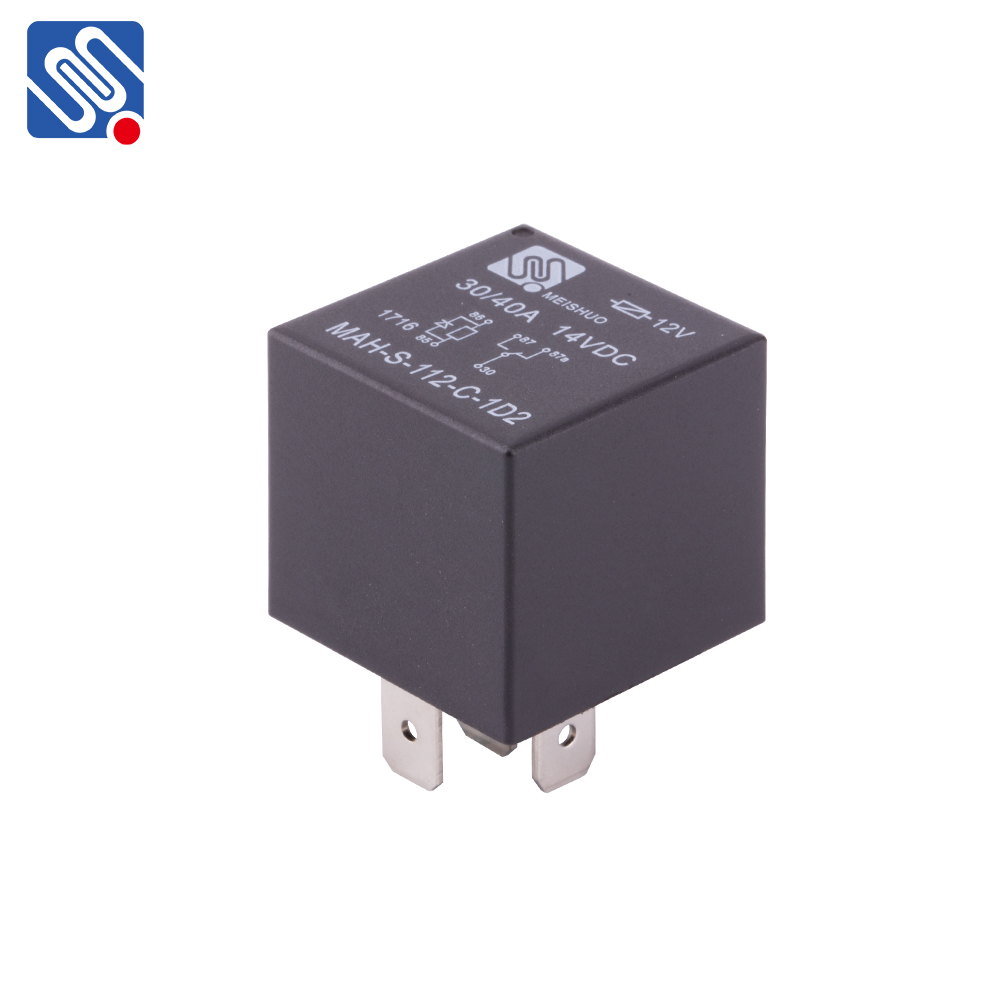Relays are integral components in many electrical and electronic systems. Their primary function is to control a high power circuit with a low power signal, acting as a switch to either open or close the circuit. The characteristics of a relay determine its performance, reliability, and suitability for different applications. In this article, we will explore the key relay characteristics, including their coil voltage, contact configuration, pull-in and drop-out voltages, contact rating, and more.

1. Coil Voltage The coil voltage, also known as the rated coil voltage, is the voltage required to energize the relay and cause it to change its state. Relays are designed to operate at specific voltages, which are typically standard voltages like 5V, 12V, 24V, or 48V. It is crucial to select a relay with a coil voltage that matches the operating conditions of your circuit. Too high or too low a voltage can lead to malfunction or failure of the relay. The coil voltage is an important characteristic because it influences the energy consumption and overall operation of the relay. 2. Contact Configuration
Leave a Reply